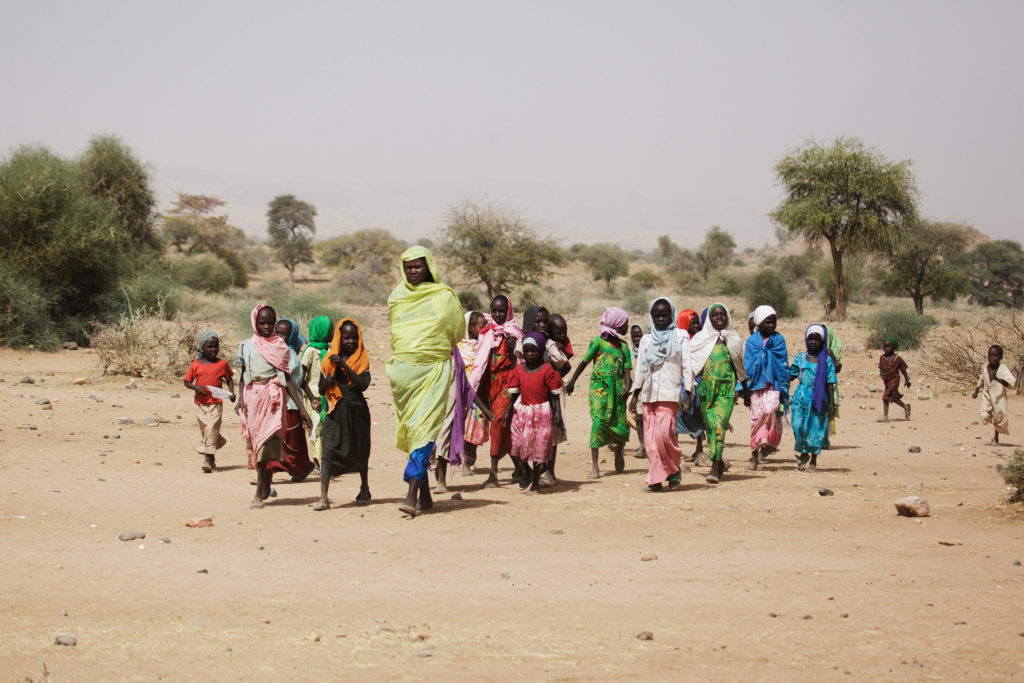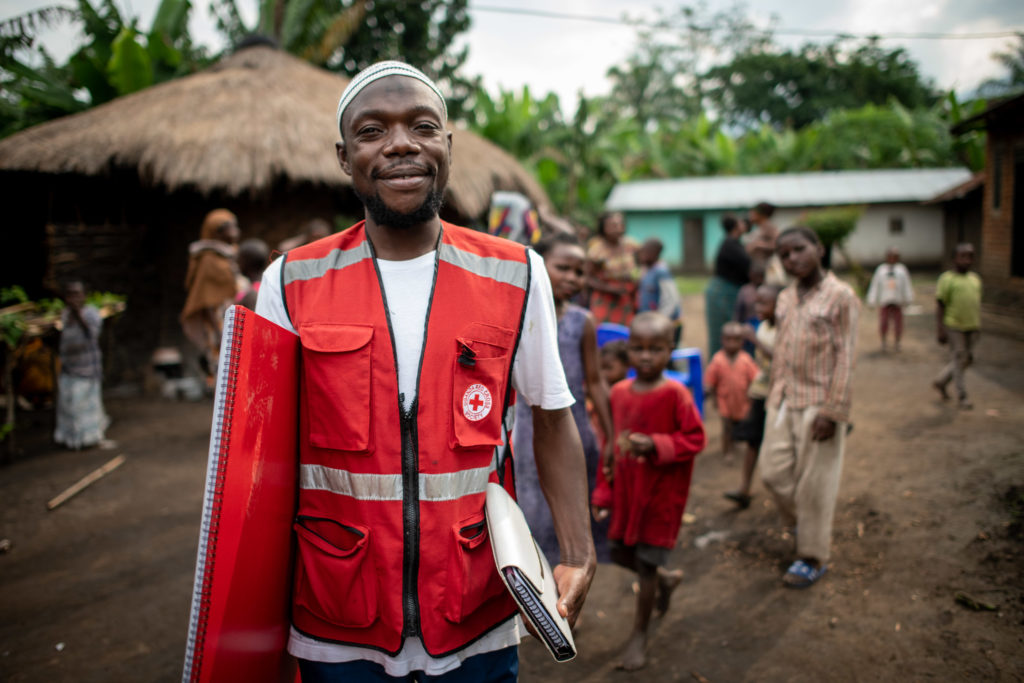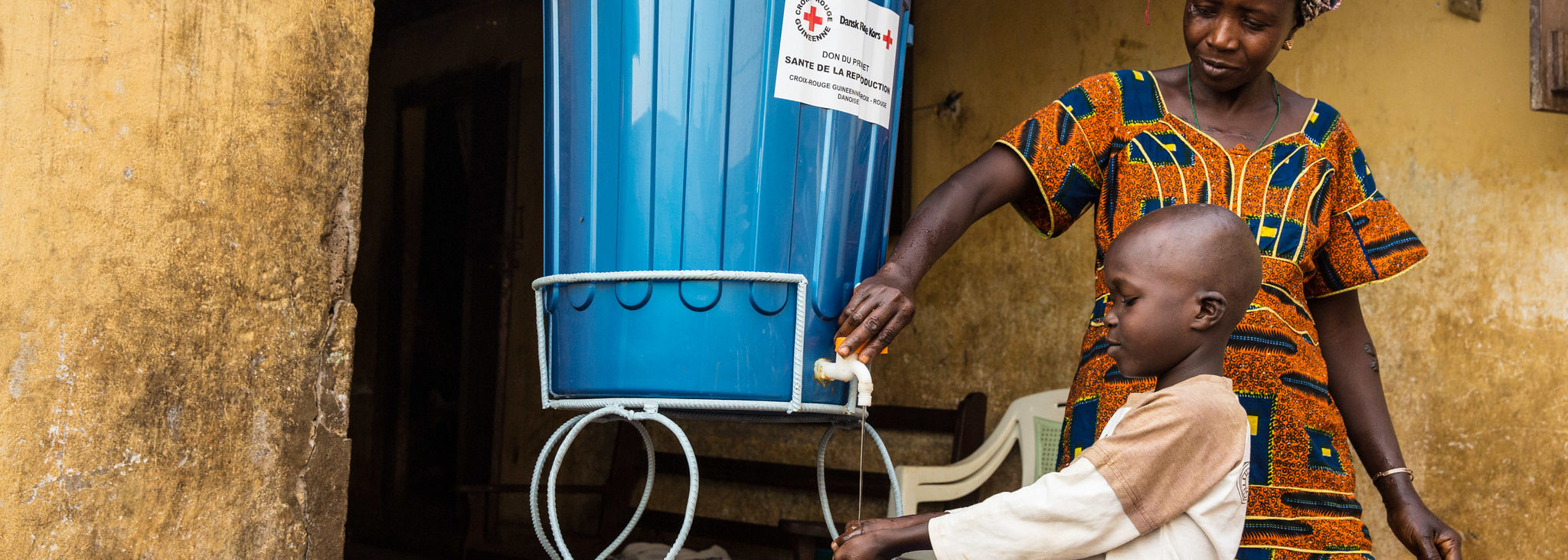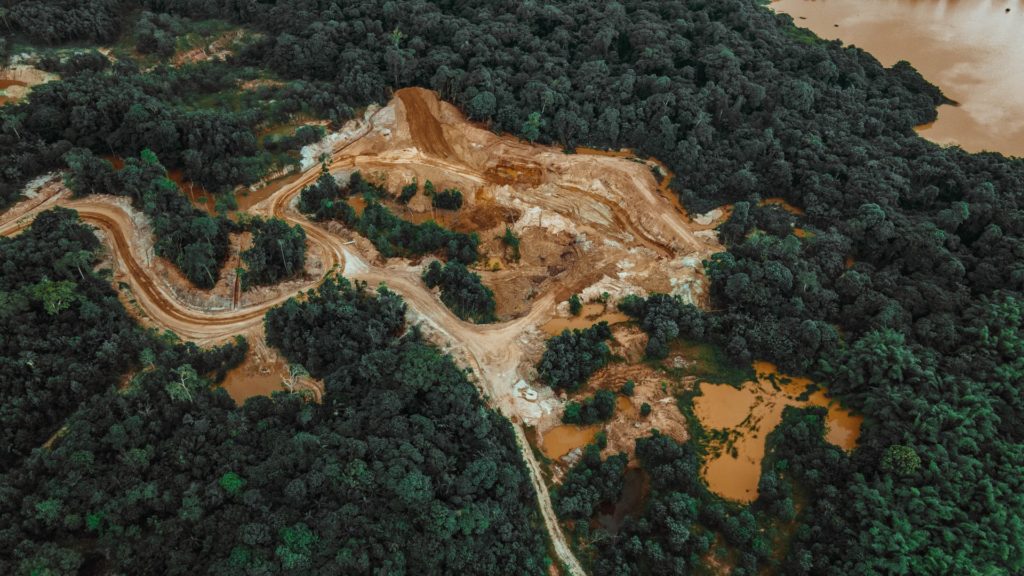Published: 07/19/2022
COVID-19 has taught the world the vital importance of preparing and bolstering global health systems to effectively identify and respond to deadly infectious diseases before they can develop into pandemics.
“Epidemics are inevitable, but pandemics are preventable,” said Michele Barry, MD, director of Stanford’s Center for Innovation in Global Health. She sees this moment of global awareness and interest in pandemics as an opportunity to catalyze innovation and build better prepared, more equitable health systems.
By Jamie Hansen

Barry recently joined an expert panel at the National Academy of Science, Engineering and Medicine (NASEM) that provided recommendations on how to bolster the Centers for Disease Control’s quarantine division to respond to and prevent future pandemics from entering the United States.
Barry, the Drs. Ben and A. Jess Shenson Professor, Senior Associate Dean of Global Health, also recently established Pandemic Preparedness and Surveillance as a core pillar of CIGH’s efforts. As an initial step, CIGH is partnering with funders to launch a new $1.5 million seed grant initiative to catalyze research and innovation around pandemic preparedness.
We spoke with Barry about these recent initiatives, what the world has learned from COVID-19, and key steps we should take to be ready to meet the next great threat.
What are the greatest lessons that you hope society, governments, and healthcare systems will learn from COVID-19 to help prevent the next pandemic?
First, humility. We have to remember that epidemics are inevitable, but with the proper mindset and precautions, pandemics can be preventable.
Second, trust in your government and your neighbor is really important and unified messaging is essential to achieve that. Even though a country like the United States might be great scientifically with its novel mRNA vaccine platforms and rapid vaccine rollout, it doesn’t matter unless it is able to foster public trust in taking that vaccine. The countries that did the best in this epidemic were those who had a strong social contract and strong leadership with trust in that leadership. Unified, consistent messaging about risks, therapies, and vaccines is crucial.
What concerns you most when you consider the risk for future pandemics?
First, I’d like to say that the largest global health threats today are climate change and environmental degradation — and their impact on the health of humans and on infectious disease spread.
We really need to pay attention to how deforestation and loss of biodiversity places humans and animals closer together and thus enhances the potential for zoonotic or spillover diseases. If you look at almost all the epidemics we’ve had in the last 20 years—whether it be influenza, HIV, Ebola, or coronavirus—they’ve all been spillover events from animal reservoirs.
Whether it’s eating bush meat due to climate-induced drought and food shortages or having close contact with bats due to loss of habitat, climate change has changed the landscape literally and figuratively.
In our rapidly changing world, what pandemic risk factors pose pressing threats to which the medical community needs to adapt?
Many epidemics happen in hot zones of conflict where healthcare systems have broken down, something that my colleague Paul Wise and I wrote about in 2017.
This happens in areas of civil conflict, where people are pushed out into the jungle or other areas that they’re not familiar with — or where people are forced into close interfaces with animal reservoirs through food scarcity or displacement. We’ve seen outbreaks of Ebola and other hemorrhagic fevers happen in this context.
In this time of increased global conflict, we need to think hard about ways of being able to get into these areas of violence, separate civilians from war, and keep them safe.

In 2014, you described the West Africa Ebola epidemic as “a wake-up call that we as a planet need to recognize that diseases need to be combated wherever they are in these times of globalization.” How did that devastating epidemic shape your understanding of the role of global health equity in pandemic preparedness and response?
I would say the most important issue during the Ebola crisis was inequality in health systems. We saw tremendous differences in mortality in low-and -middle-income countries versus high-income countries. This was striking not because of genetic differences, but mostly because supportive care differed so much. Generally, low-income countries lacked access to intravenous fluids, monoclonal antibodies and other therapeutics, and the healthcare workforce needed to provide good supportive care. This created stark differences in survival rates, with a case fatality rate of 70% in Guinea/Liberia/Sierra Leone compared with 40% in Nigeria and just 18 % in the United States.
We clearly need to strengthen infrastructure, but more importantly, we need to understand the cultural sensitivities that could have saved lives and gained confidence and trust for actually seeking care. Changing community behavior such as washing and tending the dead for protection from infectious Ebola was instrumental in stopping the epidemic—as was acceptance of a vaccine that is 70-100% effective.

What specific steps should the United States – and global health community – prioritize in order to be ready to detect and respond to the next pandemic threat?
It’s the social, cultural, socioeconomic determinants of preparedness that will be the biggest hindrances in preventing a pandemic.
Thus, I’m not worried necessarily about the emergence of the next viral disease or identifying the next pathogen — I’m much more concerned about our response systems. We need to set into place effective surveillance and reporting systems, with incentives for countries to actually report what’s happening. We need to develop surge capacity for our health care systems, providing the technology and funding necessary to quickly scale up contact tracing, health care staffing, and distribution of personal protective equipment.
I hope that our new seed grants will encourage a multidisciplinary approach that investigates and addresses some of the social and cultural barriers to the uptake and use of diagnostics of therapeutics. Stanford’s strength as a multidisciplinary university can help develop teams that aren’t focused on just one small area, but that look at the larger picture including the socioeconomic and cultural aspects to addressing diseases.
Header Photo: A critical task in the Ebola response – and pandemic prevention generally – is contact tracing. Here, a team of contact tracers visits a community in Conakry, Guinea, in 2015 after a family member was infected with Ebola. They provided the family with buckets and chlorine and taught how to wash hands properly at home. Photo Credit: UNMEER, flickr.com.


